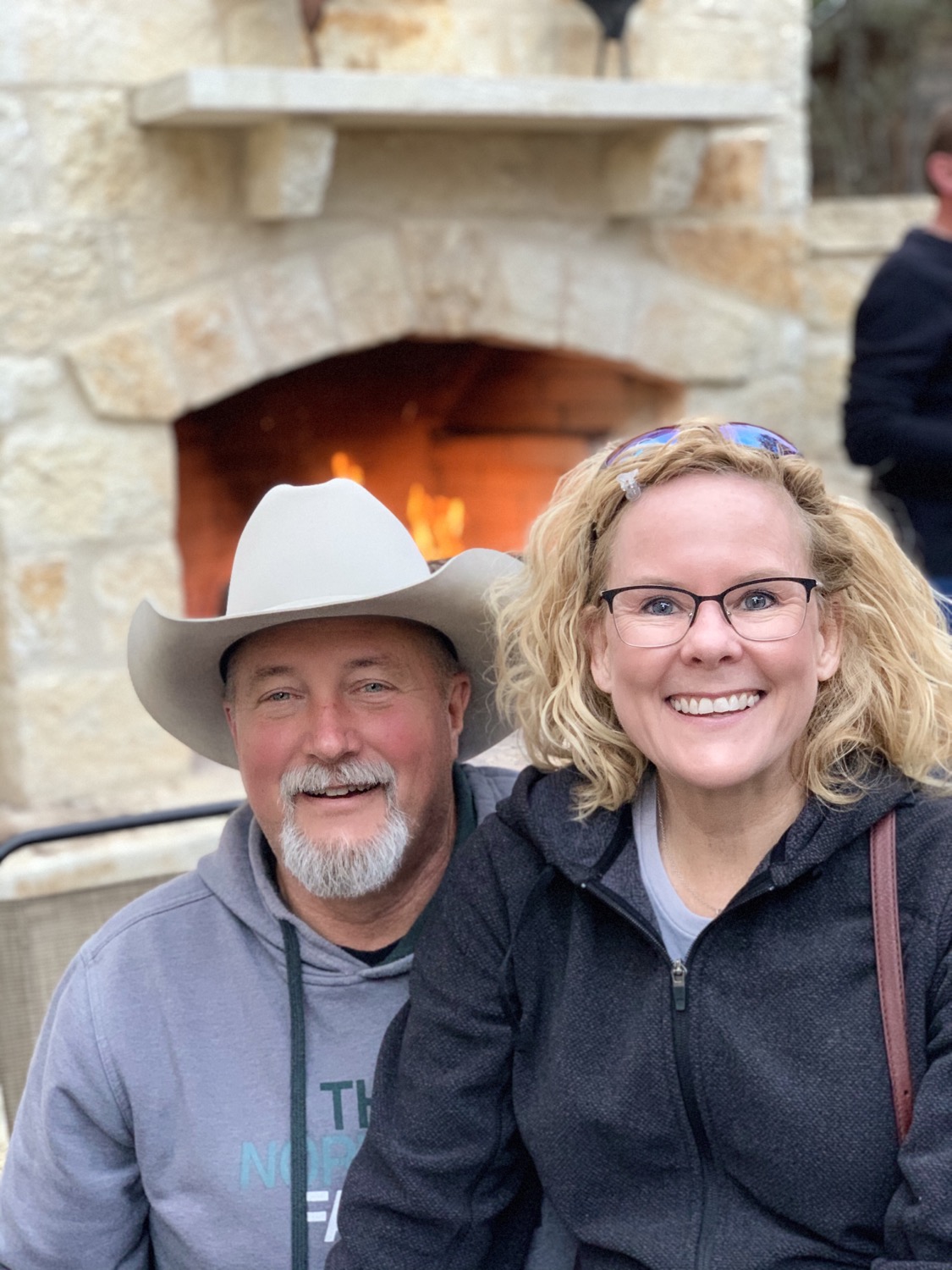Common HVAC Problems: A Comprehensive Guide to Troubleshooting and Solutions
- info0019626

- Dec 12, 2023
- 2 min read
If you've ever experienced the frustration of an HVAC system not working as it should, you're not alone. In this comprehensive guide, we'll explore the world of heating, ventilation, and air conditioning and shed light on the most common HVAC problems homeowners face. From identifying issues to implementing DIY solutions, we've got you covered.

Identifying Common HVAC Problems
Uneven Heating or Cooling: If certain rooms in your home feel warmer or cooler than others, it could be a sign of uneven heating or cooling. This problem may result from issues with the ductwork, thermostat, or the HVAC unit itself.
Strange Noises: Unusual sounds like banging, squealing, or rattling coming from your HVAC system can indicate various problems. These may include loose components, worn-out belts, or even issues with the motor.
Poor Air Quality: If you've noticed a decline in indoor air quality, such as increased dust or unpleasant odors, your HVAC system may be to blame. Clogged filters, mold growth, or duct issues could be contributing factors.
Frequent Cycling: HVAC systems should cycle on and off periodically. If you notice that your system is cycling too frequently, it may be a sign of thermostat issues, clogged filters, or improper sizing of the HVAC unit.
High Energy Bills: A sudden spike in your energy bills could be linked to HVAC inefficiencies. Common culprits include dirty filters, refrigerant leaks, or malfunctioning components that force the system to work harder than necessary.
DIY Solutions and Preventive Measures
Regular Maintenance: Consistent maintenance is key to preventing many common HVAC problems. Change air filters regularly, clean vents, and schedule annual professional inspections to keep your system in top condition.
Thermostat Calibration: Ensure your thermostat is calibrated correctly to maintain a comfortable and consistent temperature throughout your home. Consider upgrading to a programmable thermostat for better energy efficiency.
Ductwork Inspection: Examine your ductwork for leaks, gaps, or blockages. Properly sealed and insulated ducts contribute to better airflow and energy efficiency.
Condensate Drain Maintenance: A clogged condensate drain can lead to water damage and affect your HVAC system's performance. Regularly clean the drain line to prevent blockages.
Addressing Refrigerant Leaks: If you suspect a refrigerant leak, it's crucial to consult with a professional HVAC technician. Attempting to address refrigerant issues without the proper expertise can lead to further damage.
When to Seek Professional Help
While DIY solutions can address some common HVAC problems, certain issues require the expertise of a professional technician. If you encounter complex problems like compressor issues, electrical malfunctions, or refrigerant leaks, it's best to enlist the help of a qualified HVAC professional.
Conclusion
In conclusion, understanding and addressing common HVAC problems is essential for maintaining a comfortable and energy-efficient home. By staying vigilant, performing regular maintenance, and knowing when to seek professional help, you can keep your HVAC system running smoothly year-round. Don't let common HVAC issues disrupt your comfort – empower yourself with the knowledge to troubleshoot and tackle these challenges head-on.




Experiencing strange noises coming from my heating system was worrisome, but the HVAC Contractor Palm Beach team came in and quickly resolved the issue. They were efficient and transparent throughout the process, ensuring I understood the problem and the steps taken to fix it.